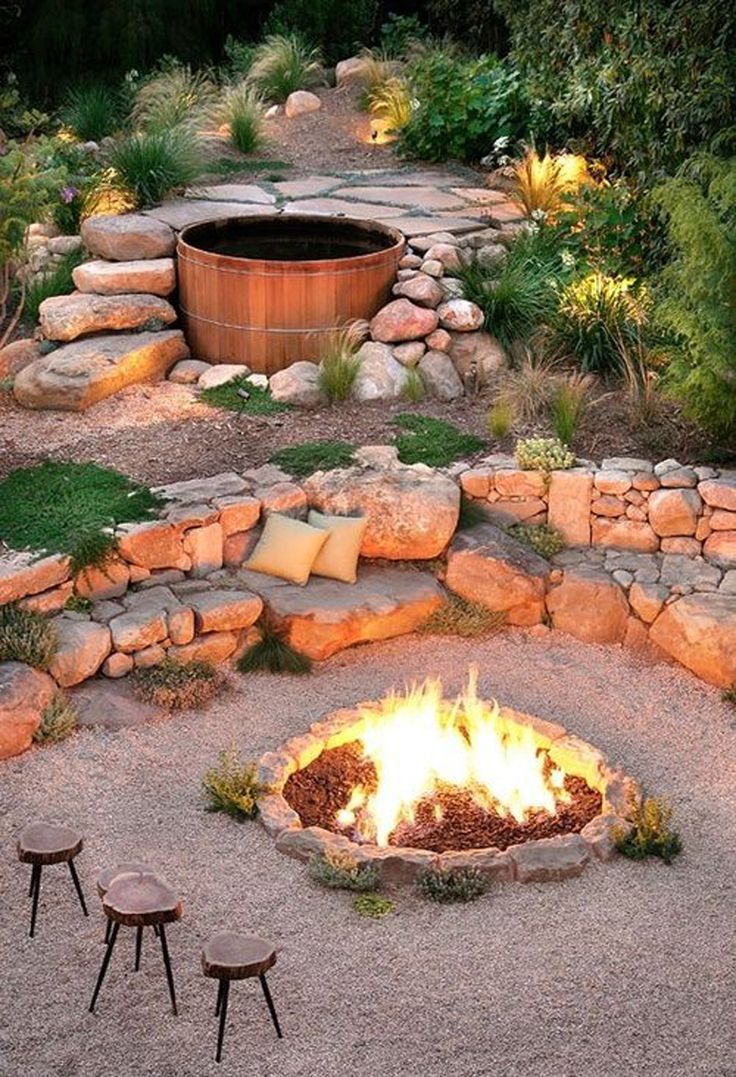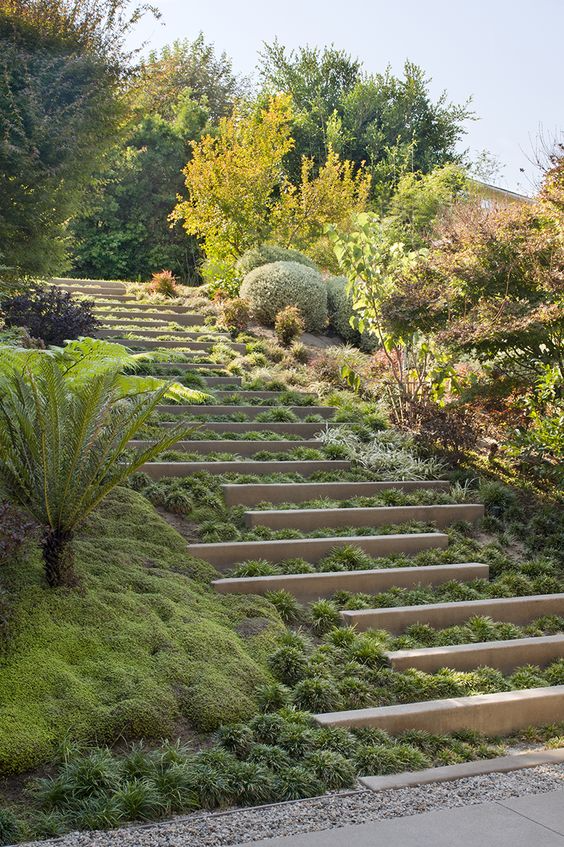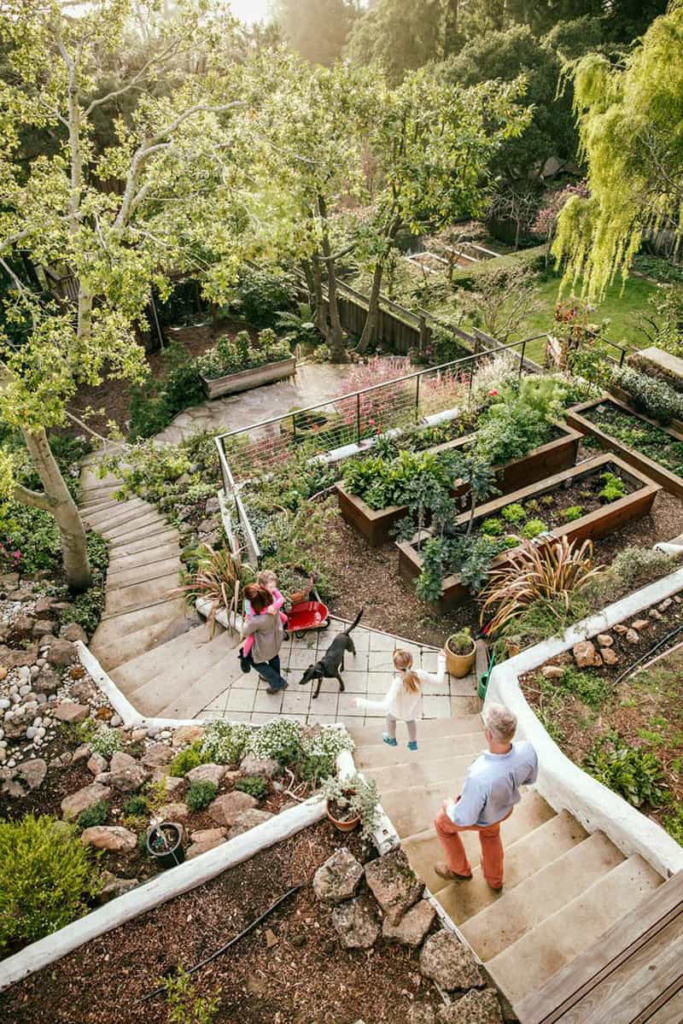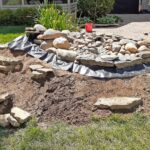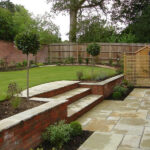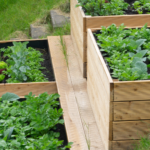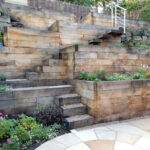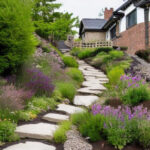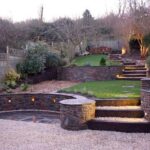Gardening on a slope can present unique challenges and opportunities for creating a beautiful and functional outdoor space. One of the key considerations when designing a garden on a slope is erosion control. The slope can make it difficult for soil to stay in place, especially during heavy rainfalls. To prevent erosion, it’s important to consider planting ground cover plants, using retaining walls, or installing terraces to help stabilize the soil.
When designing a garden on a slope, it’s also important to take advantage of the natural topography to create visual interest and dimension. By incorporating different levels and planting beds, you can create a dynamic and visually appealing garden that takes advantage of the slope’s natural beauty. Using plants of varying heights and textures can also help create a sense of depth and add interest to the overall design.
Another consideration when designing a garden on a slope is drainage. Water can easily run off a sloped surface, potentially causing erosion and waterlogging in certain areas. To prevent this, it’s important to incorporate proper drainage solutions, such as French drains, swales, or rain gardens, to help redirect and manage water flow. Additionally, choosing plants that are suited to the specific conditions of the slope, such as those that are drought-tolerant or prefer well-drained soil, can help ensure the long-term health and success of the garden.
Incorporating a variety of hardscape elements, such as pathways, stairs, and retaining walls, can help create structure and define different areas within the garden. These features can help make navigating the slope easier and provide opportunities for seating or gathering spaces. Choosing materials that complement the surrounding landscape, such as natural stone or wood, can help create a cohesive and inviting atmosphere.
When designing a garden on a slope, it’s also important to consider the overall maintenance requirements. Sloped gardens can be more challenging to maintain than flat ones, as they often require more frequent watering, pruning, and weeding. Choosing low-maintenance plants and incorporating mulch or ground cover can help reduce the amount of time and effort required to keep the garden looking its best. Additionally, considering access for equipment, such as mowers or trimmers, can help make maintenance tasks easier and more efficient.
Ultimately, designing a garden on a slope requires careful planning and consideration of the unique challenges and opportunities presented by the landscape. By incorporating erosion control measures, taking advantage of the natural topography, addressing drainage issues, incorporating hardscape elements, and considering maintenance requirements, you can create a beautiful and functional outdoor space that thrives on a slope. With proper planning and attention to detail, a sloped garden can become a stunning and rewarding addition to your landscape.
